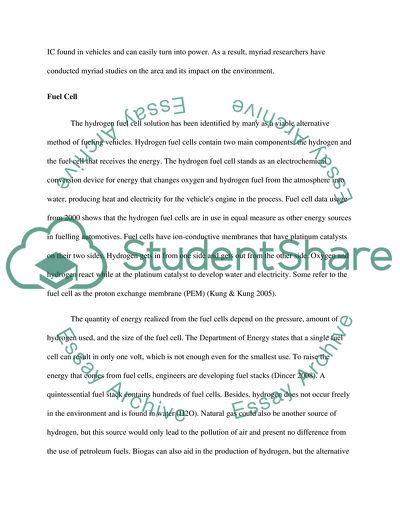Cite this document
(Liquid Air Energy as Vehicle Fuel Literature review Example | Topics and Well Written Essays - 2500 words, n.d.)
Liquid Air Energy as Vehicle Fuel Literature review Example | Topics and Well Written Essays - 2500 words. https://studentshare.org/engineering-and-construction/1830739-liquid-air-energy-and-using-as-vehicles-fuel
Liquid Air Energy as Vehicle Fuel Literature review Example | Topics and Well Written Essays - 2500 words. https://studentshare.org/engineering-and-construction/1830739-liquid-air-energy-and-using-as-vehicles-fuel
(Liquid Air Energy As Vehicle Fuel Literature Review Example | Topics and Well Written Essays - 2500 Words)
Liquid Air Energy As Vehicle Fuel Literature Review Example | Topics and Well Written Essays - 2500 Words. https://studentshare.org/engineering-and-construction/1830739-liquid-air-energy-and-using-as-vehicles-fuel.
Liquid Air Energy As Vehicle Fuel Literature Review Example | Topics and Well Written Essays - 2500 Words. https://studentshare.org/engineering-and-construction/1830739-liquid-air-energy-and-using-as-vehicles-fuel.
“Liquid Air Energy As Vehicle Fuel Literature Review Example | Topics and Well Written Essays - 2500 Words”. https://studentshare.org/engineering-and-construction/1830739-liquid-air-energy-and-using-as-vehicles-fuel.


